How to break into movie concept art
Pro tips for creating a strong portfolio that will catch the eye of film art directors.
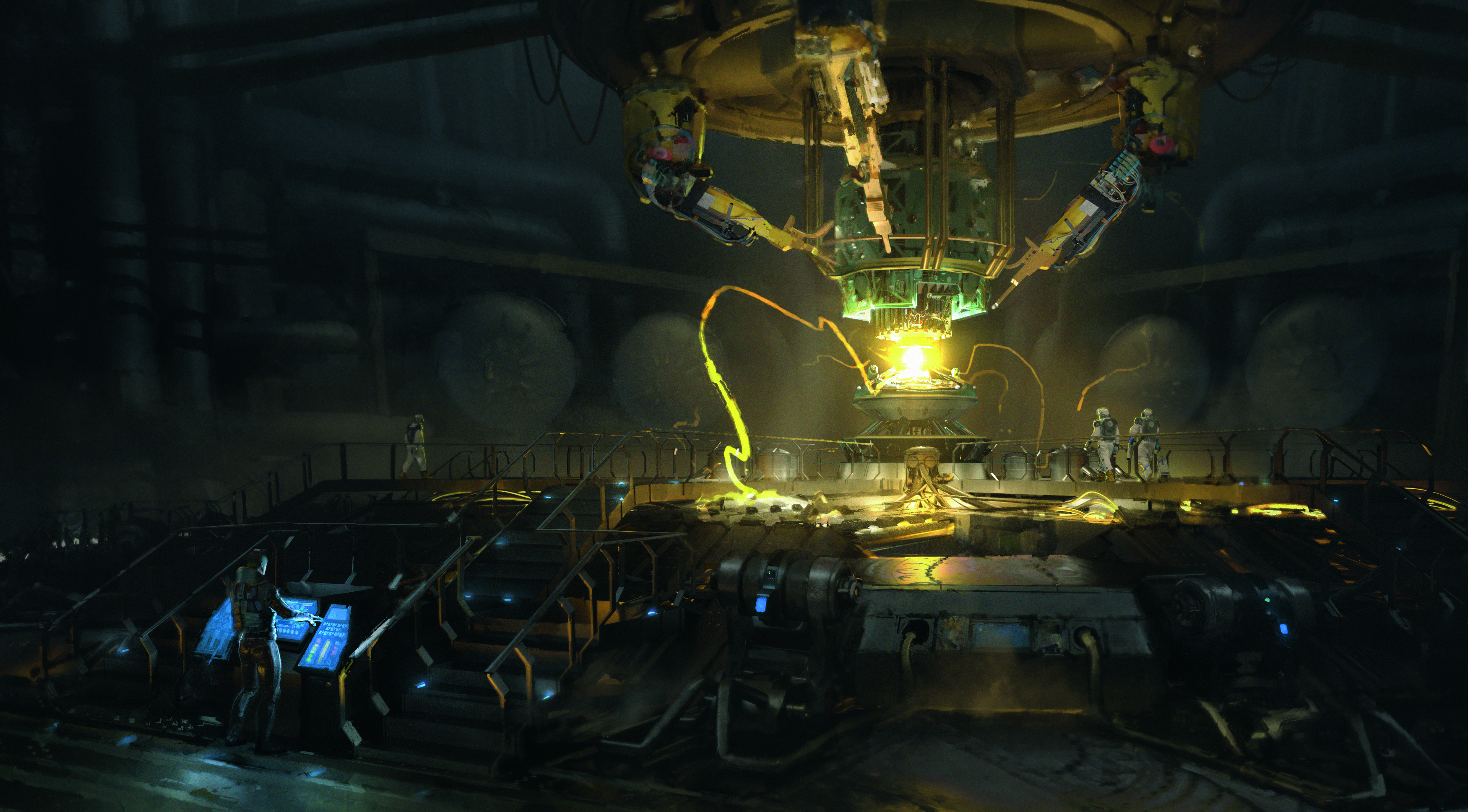
It used to be extremely difficult to find information about how to break in to the movie industry. Concept artists within the profession talked to each other, but rarely with anyone outside the loop, making it difficult to understand what distinguished film work from everything else.
Concept art as used in movies has many facets, and these tips are specifically geared toward emphasising clarity and narrative in your portfolio. The advice I give comes from my experiences and observations within the entertainment field (most recently on Solo: A Star Wars Story, Star Wars: Rogue One, Pacific Rim 2 and Transformers: The Last Knight, as you can see on my portfolio site), which is a fast-paced and continually changing industry. To stay relevant, concept artists must adapt quickly, and keep ahead of the curve in a challenging environment.
Understanding what art directors and production designers look for when assembling their teams is crucial, as is streamlining your process, since time is always of the essence.
Joining a project offers many opportunities and you should learn as much as possible from every one, including building strong relationships with colleagues. Since the concept work on a film can last from a few months to a few years, knowing how the industry works and being able to transition seamlessly between jobs will help you stay on the production as long as possible.
Here are my tips for making it as a movie concept artist.
01. Show your ability to adapt to storylines
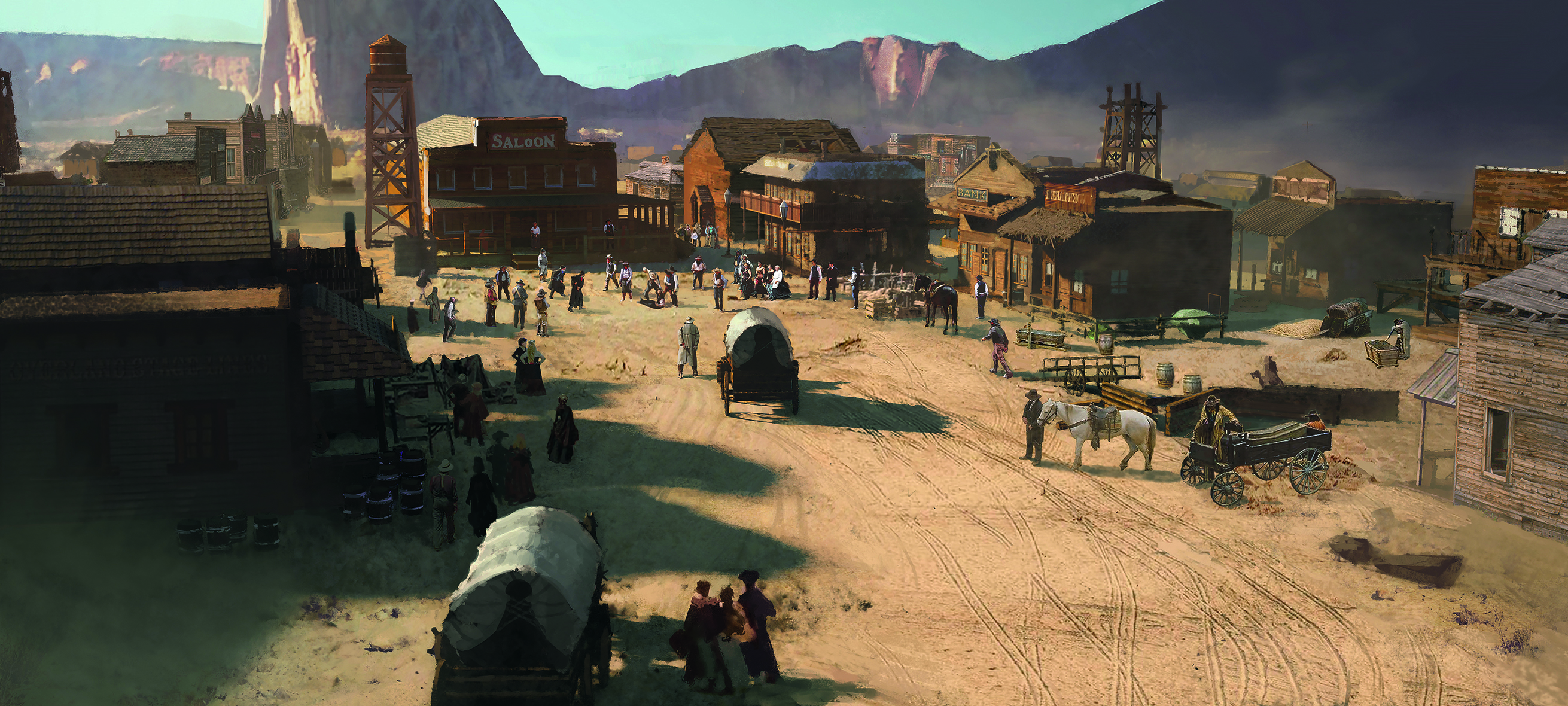
Any concept artist working for movies is designing for the story, regardless of their level of experience. Every movie is based on a narrative that must be communicated clearly, whether through a design or defined by a key frame, and a movie-oriented portfolio must show the ability to adapt to storylines.
Make sure to show your storytelling abilities: usually three or four keyframes can sell a plot point. These moments should relate to each other rather than be chosen from throughout the narrative, since exhibiting one or two important segments is better than randomly choosing points.
02. Design grounded concepts
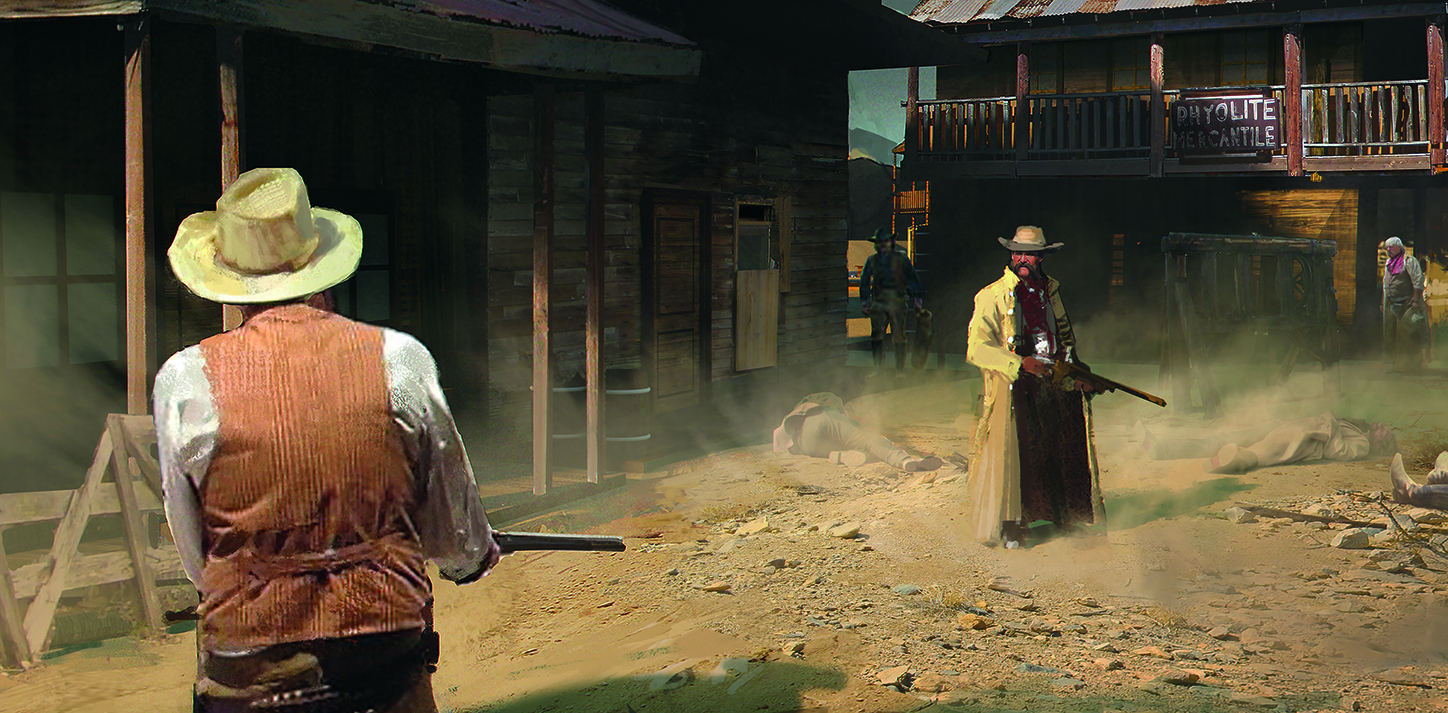
Many concept artists these days are talented at designing for the fantasy and science fiction genres. But it’s important not to compartmentalise your talents, and drawing on a broad range of genres is crucial for a film designer’s portfolio.
Frequently, aspiring artists overlook historical adaptations that can be big selling points in their portfolios. My first position in film came about because of several Western-influenced keyframes I designed. This type of historical work will indicate you have a broader range than the competition.
Make sure only to use references that are correct for that specific time period. When your work is grounded in this way, it means you're depicting the past correctly, instead of creating derivative or stylised designs.
03. Get a clear read
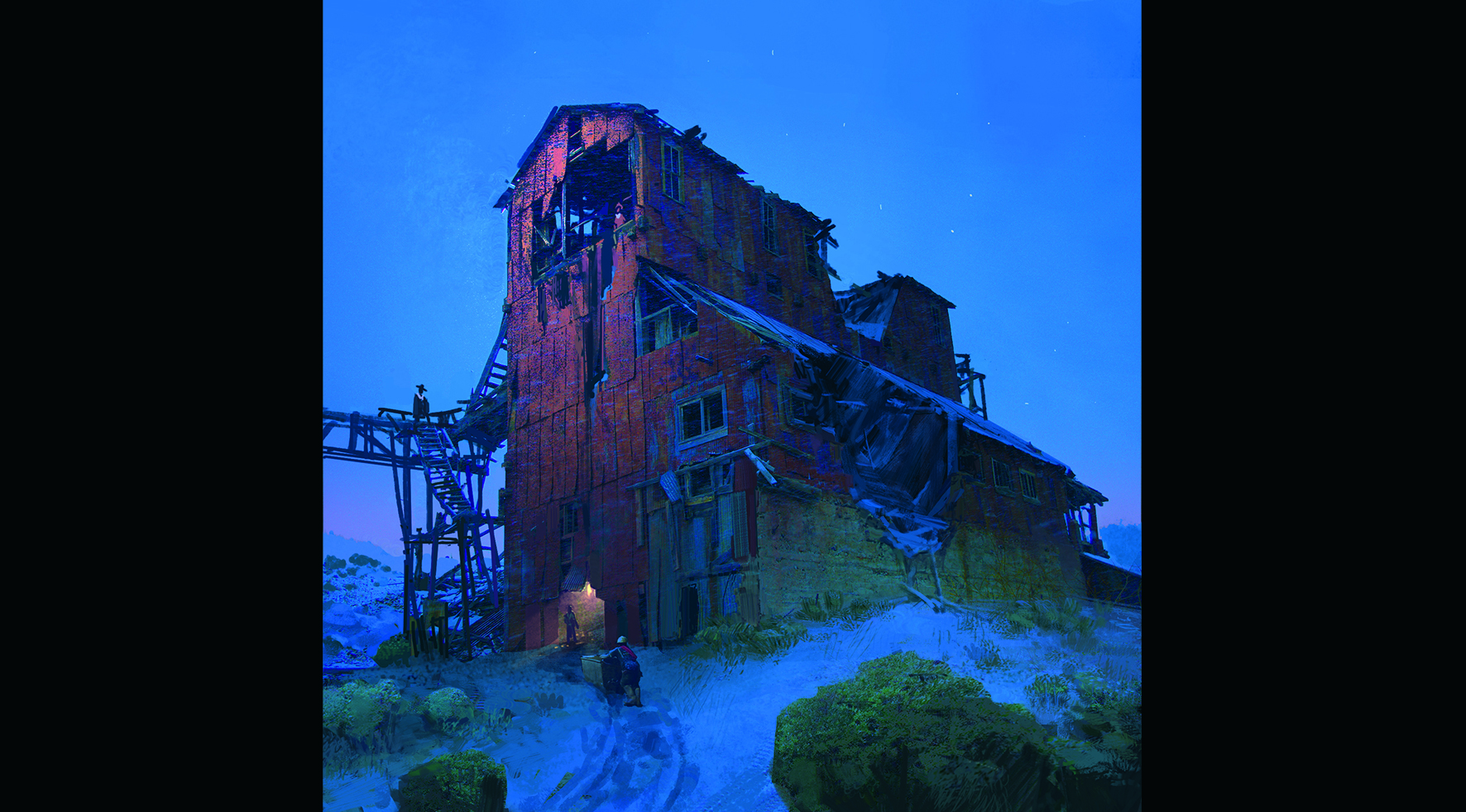
Expressing an idea clearly is as important as communicating a narrative, but many aspiring concept artists sacrifice clarity by over-designing an image. The aim is to simplify ideas, not create unnecessary confusion.
Studios look to artists who can convey ideas succinctly. Many times it’s the simplest composition that’s the most effective. Always have a reason for every stroke you make, for every light source, and for every composition decision.
04. Guide the eye with arrows
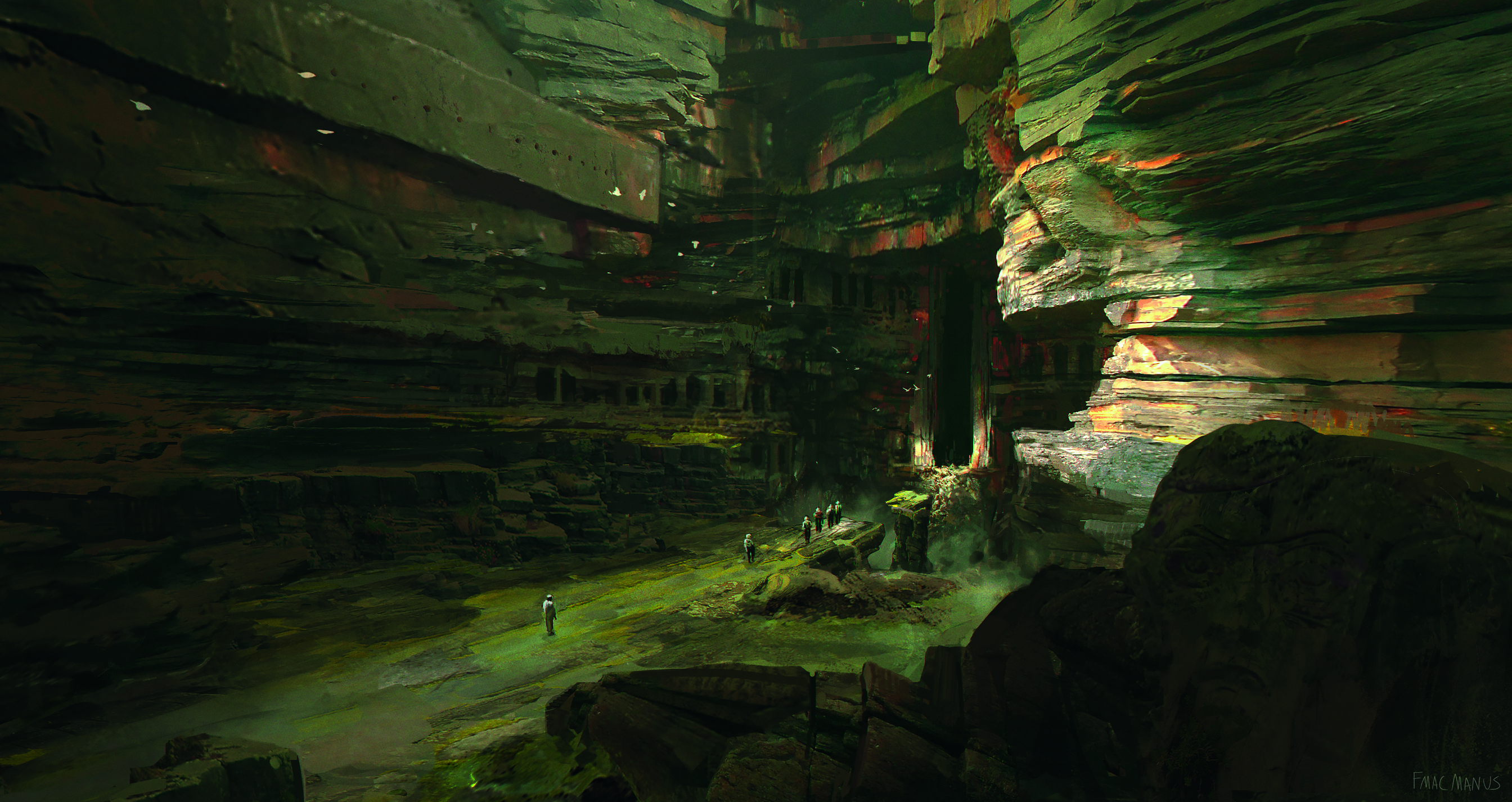
It’s important to guide the eye through your composition, and planning the focal points carefully will control the image and compositional elements.
A great, simple way to manage this is by breaking down each element into 'arrows'. Think of each brush stroke and texture you add as a line; use the momentum of the shape to carry focus from one object to another, so that they’re linked in a subtle visual way.
This can work for any design element, from a shape on a wall, to a character’s shadow, to mist that’s diffusing a scene. Try to guide the eye through several focal points in the image – a main statement followed by supporting focal points. See step #8 for more on this.
05. Consider variations, and how to show them
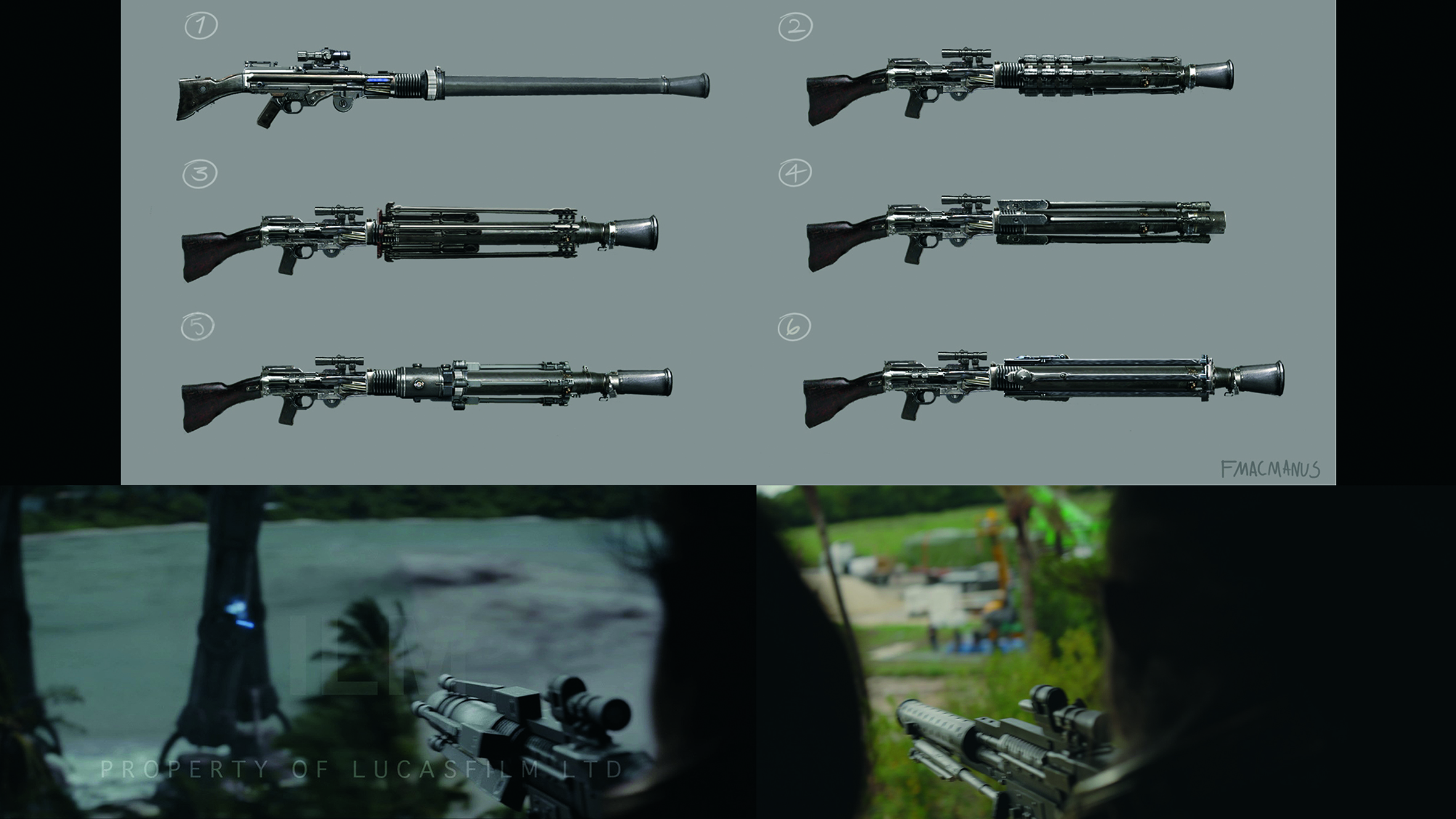
Most concept artists employed in the industry create variations during their design process, and studios want to hire junior artists who have the same approach.
When given a single idea – for instance, an architectural structure – visualise eight different possibilities, each based on the same cultural inspiration and materials. It’s the form and aesthetic that should vary throughout each design, though the theme remains the same.
06. Specialise from the start

In my experience, it's easier to break into the industry by specialising in one category, rather than pursuing multiple skillsets. This is not the same as a genre – sci-fi, fantasy, historical, say – rather, it’s focusing your effort on one subject like environments, props, creatures or costumes.
Choosing one of these means you can devote more time to mastering that individual craft rather than spreading yourself too thin, which means achieving less but in more categories.
Art directors generally choose a specialist they have confidence in over a jack-of-all-trades. Selling yourself as the perfect person for a specific type of job reaps rewards. You can always explore other categories later.
07. Push yourself
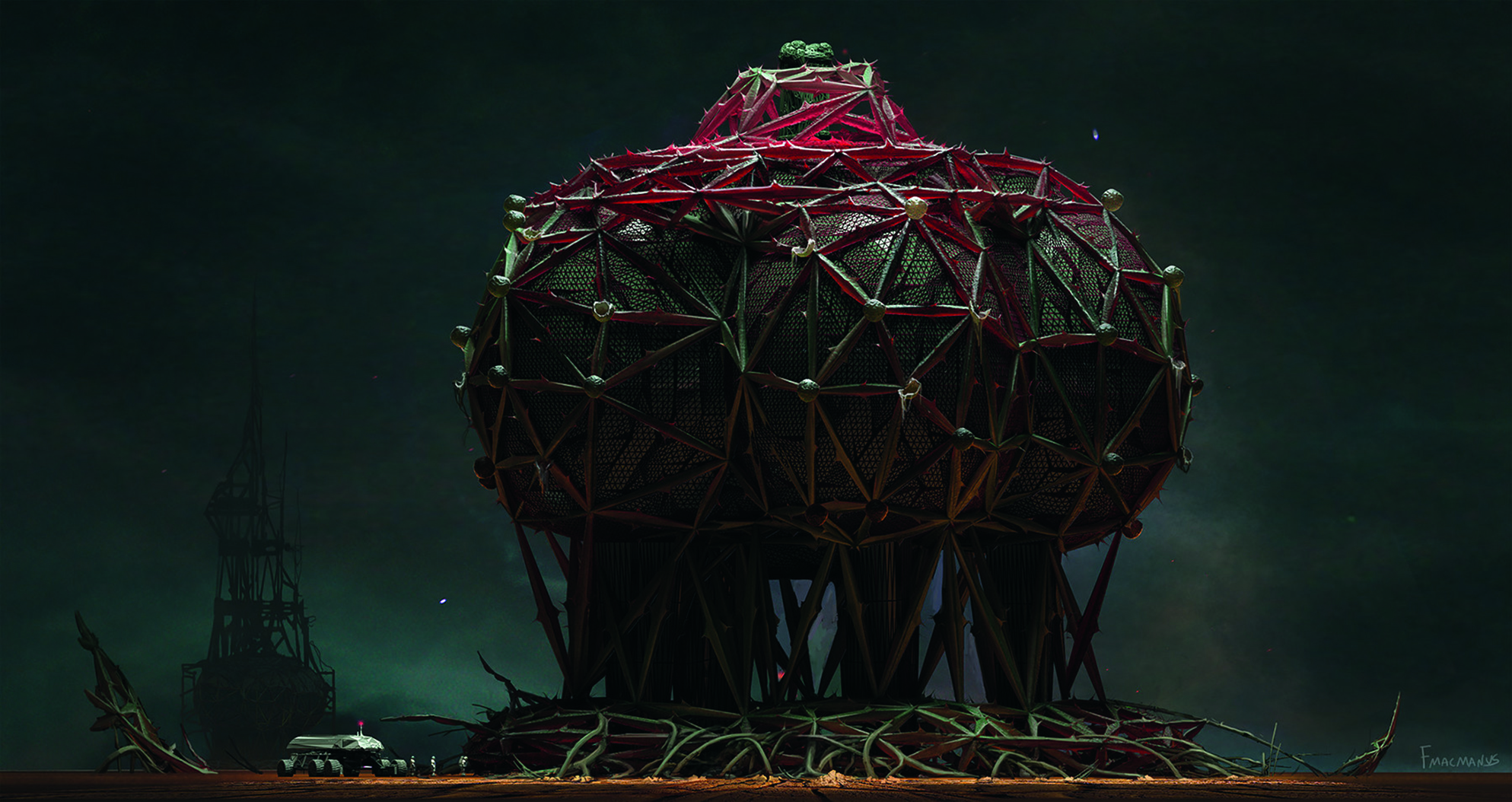
This industry is always evolving along with its technology, and as a result, everyone in the field must adapt or risk being left behind. A concept artist who's pushing to learn and grow will be an obvious choice over one who stagnates.
It’s tempting to slow down once you get the job you’ve worked hard for. But it’s also important to confront – and learn from – new challenges as you go.
This could mean trying a new approach to design once in a while or learning a new program. It could mean taking an extra class on the side. Every person has a different end goal, but the point is to not lose your drive or passion after success.
Next page: 7 more tips on becoming a successful film concept artist

Thank you for reading 5 articles this month* Join now for unlimited access
Enjoy your first month for just £1 / $1 / €1
*Read 5 free articles per month without a subscription

Join now for unlimited access
Try first month for just £1 / $1 / €1
- 1
- 2
Current page: Tips 1-7 for budding movie concept artists
Next Page Tips 8-14 for budding movie concept artistsGet the Creative Bloq Newsletter
Daily design news, reviews, how-tos and more, as picked by the editors.

